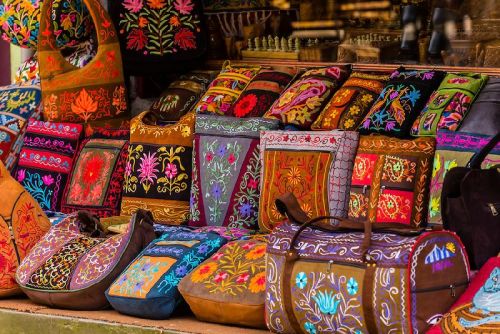
Meghalaya, meaning “Abode of Clouds” in Sanskrit, is a beautiful hill state located in the northeastern region of India. Known for its lush green landscapes, rolling hills, and record-breaking rainfall, Meghalaya is home to a rich cultural heritage shaped by its indigenous tribes—primarily the Khasi, Garo, and Jaintia.
Historical Facts of Meghalaya
Ancient Inhabitants:
- Meghalaya has been inhabited since ancient times by tribal communities, mainly the Khasi, Garo, and Jaintia tribes.
- These tribes had their own independent chieftainships and followed unique customs and matrilineal systems of inheritance.
Autonomous Tribal Kingdoms:
- The Khasi, Jaintia, and Garo Hills were ruled by local tribal chiefs (Syiems in Khasi, Dollois in Jaintia, and Nokmas in Garo).
- These kingdoms were not under any central authority and maintained traditional forms of self-governance.
British Annexation (19th Century):
- In the early 1800s, the British began to assert control over the hill regions.
- The Jaintia Kingdom was annexed by the British in 1835, and the Khasi states came under British suzerainty shortly after.
- The British established the hill areas as part of the Assam province.
Resistance Against British Rule:
- Local leaders, like Tirot Sing, a Khasi chief, resisted British rule. Tirot Sing led an armed rebellion against the British in 1829–1833, which is still remembered in Meghalaya’s history.
Post-Independence Period:
- After India gained independence in 1947, Meghalaya remained a part of Assam, though the tribes continued to seek greater autonomy to preserve their identity.
Demand for Statehood:
- The demand for a separate state grew stronger in the 1960s due to cultural, linguistic, and ethnic differences.
- A movement led by the All Party Hill Leaders’ Conference (APHLC) sought the creation of a new state.
Formation of Meghalaya:
- Meghalaya was first created as an autonomous state within Assam on April 2, 1970.
- Finally, it became a full-fledged state of India on January 21, 1972, with the districts of Khasi Hills, Jaintia Hills, and Garo Hills.
Sixth Schedule of the Indian Constitution:
- Meghalaya enjoys special constitutional provisions under the Sixth Schedule, which grants autonomy to tribal areas through District Councils to preserve their traditional laws and customs.
INDIAINNINGS
Campaigns
- Diwali Special
- Independence Day Celebrations
- Holiday on Holi day
- New Year Specials
Help
- Order Tracking
- Terms & Conditions
- Privacy Policy
- Tutorials
- FAQ
Help
- Facebook Chat
- Whatsapp Help
- E-mail Support
- Contact



